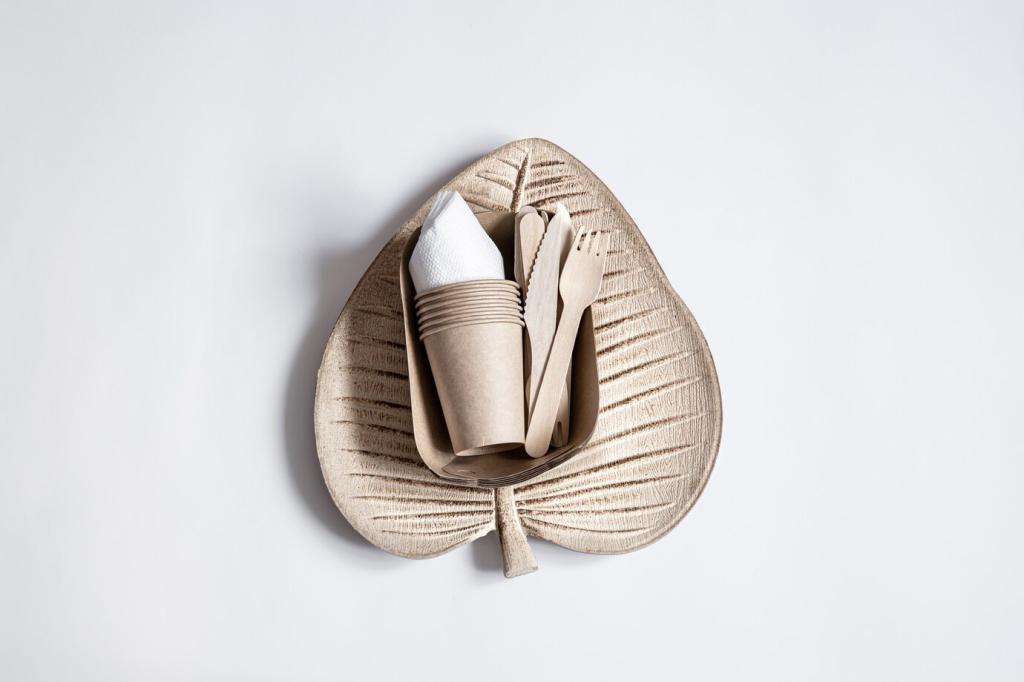Embracing a sustainable wardrobe is not only a fashion choice but a conscious commitment to reducing environmental impact and fostering ethical production. Transforming your clothing habits can seem daunting, but with intentional steps, it becomes a rewarding journey that aligns your style with your values. This guide will walk you through pivotal considerations and strategies for making your wardrobe more sustainable, ensuring your clothes reflect mindfulness both in design and in impact.

Defining Sustainability in Fashion
Sustainability in fashion involves practices that limit harm to the planet and people. This means considering how materials are sourced, manufactured, transported, and eventually disposed of. Organic fibers, eco-friendly dyes, and fair labor standards are crucial components. Importantly, it also focuses on longevity and the idea that clothing should be cherished rather than discarded after a few wears. By educating yourself on these elements, you lay the groundwork for smart, impactful decisions that influence not just your wardrobe but the industry at large.

Environmental Impact of Clothing Production
Modern clothing production can be incredibly resource-intensive. As you work toward a sustainable wardrobe, it’s vital to recognize the toll that fiber farming, synthetic materials, and factory processes place on water supplies and ecosystems. Conventional cotton, for instance, uses gallons of water and heavy pesticides. Even the manufacturing and dyeing stages can release toxins. Knowing this, you can prioritize clothes made from recycled materials or those produced through lower-impact methods, thereby advocating for better industry standards through your buying power.

Social and Ethical Considerations
The fashion industry is often criticized for unfair labor practices and unsafe working conditions. A sustainable wardrobe takes into account not just environmental issues, but also the social context in which clothing is made. Brands committed to transparency, fair wages, and humane working conditions set a standard for ethical production. Selecting such brands or checking for certifications means your wardrobe supports dignity and well-being, making the journey toward sustainability about justice as much as personal style.
Assessing Your Current Wardrobe
Conducting a Wardrobe Audit
A wardrobe audit involves examining every item to determine what you use frequently, what sits unused, and which items are versatile enough for multiple seasons and outfits. This hands-on process highlights purchasing patterns and long-term favorites, drawing attention to wasteful tendencies like buying redundancy or chasing trends. By documenting and reflecting on your current clothing inventory, you set measurable goals and shape your future shopping behavior to favor sustainability.
Rediscovering and Repairing Existing Pieces
Often, overlooked or neglected garments may only need minor repairs or alterations to regain their place in regular rotation. Mending holes, adjusting hems, or revamping outmoded styles not only extends the lifespan of your clothing but also connects you more deeply to your possessions. Cultivating repair skills or seeking tailors helps build a culture of care and stewardship, transforming your relationship with your wardrobe from one of disposability to lasting value and creativity.
Identifying Gaps and Avoiding Overconsumption
As you assess what you already own, notice where functional gaps exist—perhaps in the form of missing basics or appropriate attire for certain occasions. By listing these gaps with intention, rather than impulse, you avoid excessive accumulation and focus your energy on necessary, thoughtful acquisitions. This discipline directly combats fast fashion’s cycle of overconsumption, promoting deliberate, respectful use of resources and encouraging investment in fewer, higher-quality pieces.
Making Thoughtful Shopping Choices
Investing in durable, well-crafted garments yields a wardrobe that stands the test of time in both style and wear. Selecting pieces made from robust fabrics with enduring construction might demand greater upfront cost, but the longevity of these items ultimately reduces the need for frequent replacement. Quality garments retain their shape and appearance through many wears and washes, supporting a “buy less, choose well” mindset that forms the foundation of sustainable fashion.
Today, many brands tout eco-friendly or ethical credentials, but not all claims are created equal. To ensure your purchases genuinely support sustainability, take time to investigate a brand’s practices, labor standards, and supply chain transparency. Recognized certifications—such as Fair Trade, GOTS (Global Organic Textile Standard), or B Corp—signal a higher level of accountability. Consistently choosing companies with proven commitments to fair treatment and minimal environmental impact drives systemic change in the fashion landscape.
The secondhand market is a powerful ally in the quest for sustainability. Opting for pre-loved clothing—whether through thrift stores, vintage shops, or online resale platforms—reduces demand for new resources and lessens textile waste. Moreover, participating in clothing swaps or rental services allows you to refresh your wardrobe without contributing to overproduction. Integrating these circular fashion practices extends the useful life of garments and strengthens a culture of reuse and sharing.
